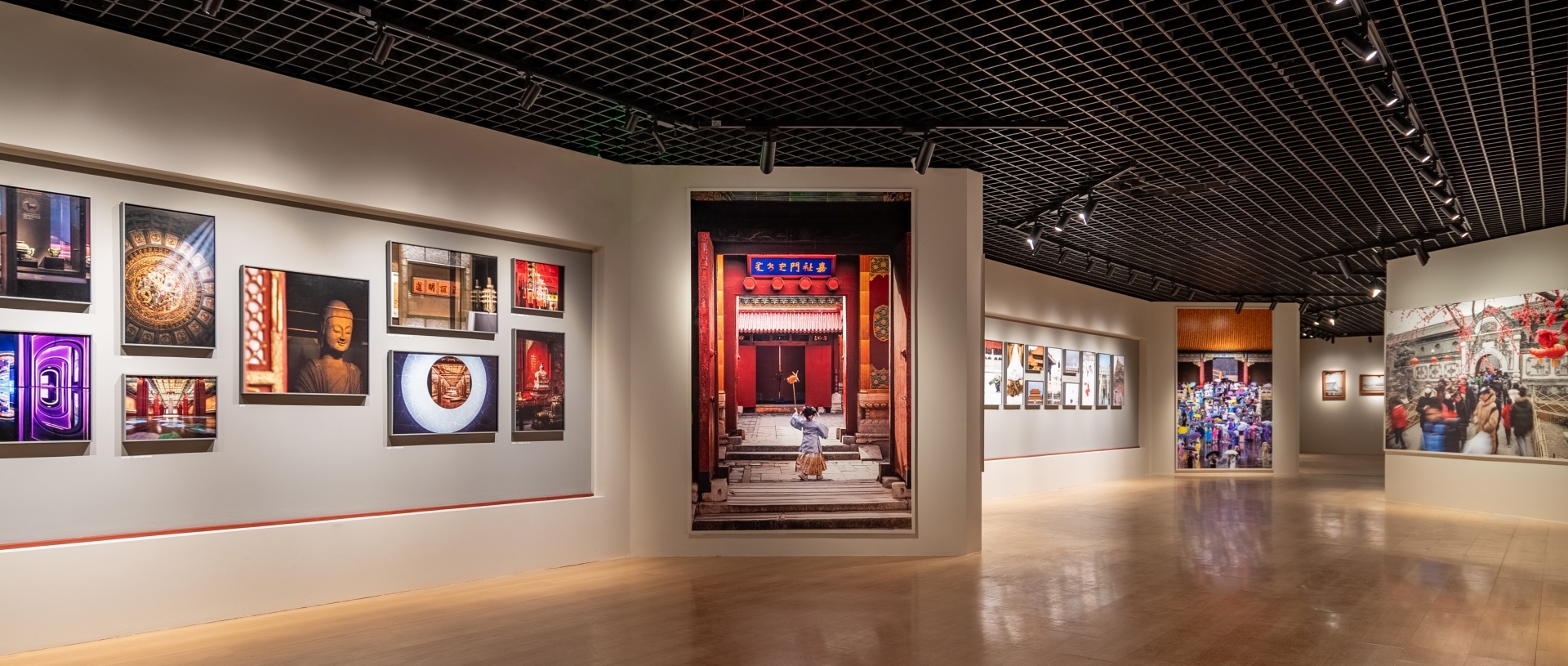“Paragons of the Nation: Figure Paintings from Across the Ages in the Palace Museum Collection (Phase I)” will be held in the Gallery of Painting and Calligraphy at the Hall of Literary Brilliance (Wenhua dian) in the Forbidden City from 1 May to 30 June 2021.

Figure Painting: A Genre of Traditional Chinese Painting
Figure painting is a genre of traditional Chinese painting that depicts people and human activities and may subdivided into subject matter, including history, religion, customs, and court ladies. Such works are accomplished with meticulous brushwork (gongbi) or conceptual (xieyi) techniques. Since ancient times, figure painting has been valued by virtue of its social function to exhort and educate and for its realistic depictions of life. Its formation and maturation were earlier than landscape and flower-and-bird painting genres, and the greatest painters in the early history of Chinese painting were figure painters, including Gu Kaizhi (348–409) of the Eastern Jin (265–420), Lu Tanwei (act. fifth c.) of the Southern Dynasties (420–589), and Yan Liben (601–673) and Wu Daozi (ca. 680–759) of the Tang dynasty (618–906).
The development of figure painting reached an apex during the Five Dynasties period (907–960) and the Song dynasty (960–1279) when a number of masterpieces with a high degree of artistic expressiveness were created, such as the commonly recognized Life along the Bian River at the Pure Brightness Festival (Qingming shanghe tu) by Zhang Zeduan (1085–1145) of the Northern Song dynasty (960–1127). Figure paintings of this period not only have abundant themes and a variety of techniques but, in terms of the portrayal of figures, while emphasizing spiritual and emotional expressiveness and atmospheric backgrounds, demonstrate the advanced ability of artists in ancient China to vividly depict the human form. Since the Yuan dynasty (1279–1368), although most literati painters participated in the creation of the genre, the documentary and educational functions of figure painting nevertheless reached a thriving state of development in the court painting academies of the Ming (1368–1644) and Qing (1644–1911) dynasties with the production of many fine works. Meanwhile, works featuring the refinements of the literati or recording the simple productive lives of commoners were made in abundance. In terms of number and artistry, these works are not inferior to those of previous periods and have become an historical resource by which we understand and explore the emotions and daily lives of people in dynastic times.
Exploring Historical Cultural Value, Strengthening National Cohesion
The creation of figure paintings has been valued throughout China’s successive dynasties, and many excellent works have been preserved to this day. In order to promote China’s outstanding traditional culture and advance research on figure painting, the Palace Museum presents “Paragons of the Nation: Figure Paintings from Across the Ages in the Palace Museum Collection (Phase I)” with fifty-five precious works (or sets) with artistic and historical value displayed according to the identities of the figures and by period. Among the featured paintings are those of kings, emperors, and the progenitors of the country such as Yao, Shun, and Yu of prehistoric times and the Kangxi Emperor (r. 1662–1722) and the Qianlong Emperor (r. 1736–1795) of the Qing dynasty; civil officials and military leaders such as Su Wu (140–60 BCE), Zhuge Liang (181–234), Yue Fei (1103–1142), and Wen Tianxiang (1236–1283); and important women, including Wang Zhaojun (ca. 54–19 BCE), Cai Wenji (act. Eastern Han 25–220), and Mulan (act. Northern and Southern Dynasties, 420–589). These figures and their accomplishments are recorded with glory in historical sources and stored in the hearts of the people. In appraising figure paintings, not only is the artistic achievement emphasized but, moreover, the underlying historical and culture value is also to be explored. Exhibiting the figures’ images and promoting their achievements not only enhance the functions of “becoming educational and assisting human relations” but, moreover, are advantageous in strengthening national cohesion.
The Palace Museum in guarding the correct way also continues to innovate and deeply explore the connotation of the times and the spiritual and aesthetic value within cultural relics; with cultural relics as a medium, the Museum effectively presents the story of China to encourage more of the public to love China’s excellent traditional culture, promote noble sentiments for the country, and experience the beauty of art.
Notice on Reservations for Visiting the Hall of Literary Brilliance
“Paragons of the Nation: Figure Paintings from Across the Ages in the Palace Museum Collection (Phase I)”, held in the Gallery of Painting and Calligraphy at the Hall of Literary Brilliance (Wenhua dian) in the Forbidden City from 1 May thru 30 June 2021, does not require an additional ticket. In light of current epidemic prevention and control requirements, and in accordance with regulations of requiring reservations, limiting the number of daily visitors, and setting visiting-time intervals, the exhibition requires advance reservations, which may be made ten days prior to the scheduled visit. Each day is divided into a morning and afternoon interval (permitting 2,000 visitors in the morning and 1,000 in the afternoon); reservations will be taken until the quota is reached. Visitors may make reservations via the Palace Museum’s online ticketing service (https://gugong.ktmtech.cn/) or the Palace Museum’s official WeChat account by real-name registration with a second-generation ID card (for Chinese residents) or passport (for foreigners). At the entrance, visitors are required to present their QR health code and identification for scanning and have their temperature taken. (When entering, each visitor must present the ID card or passport used at the time of reservation.)
Translated and edited by Adam J. Ensign and Kang Xiaolu








